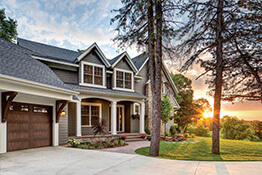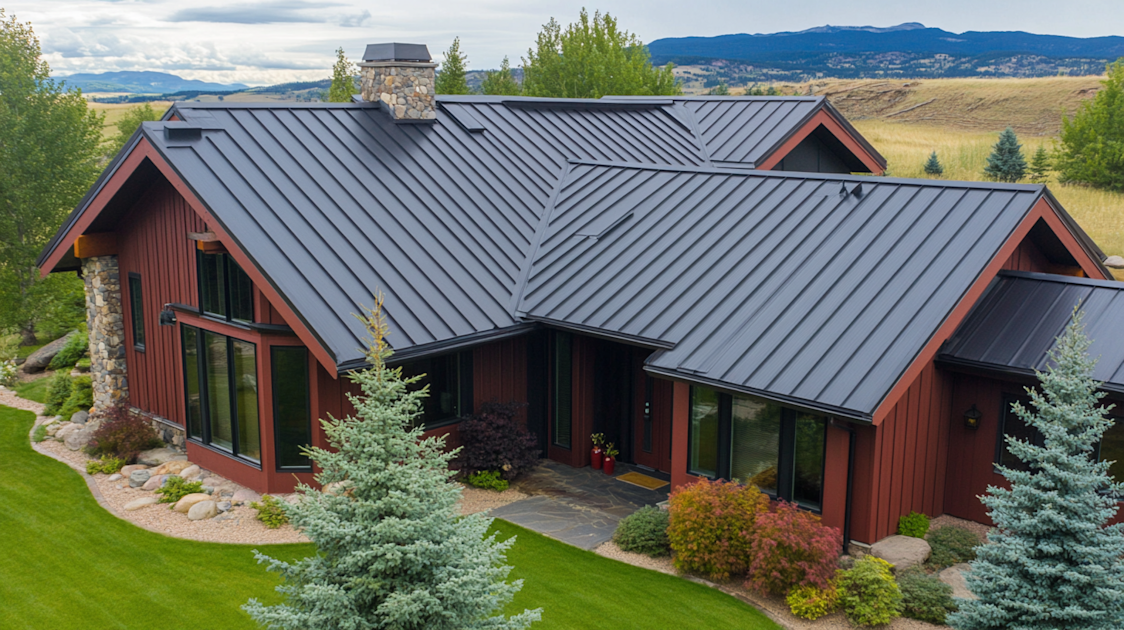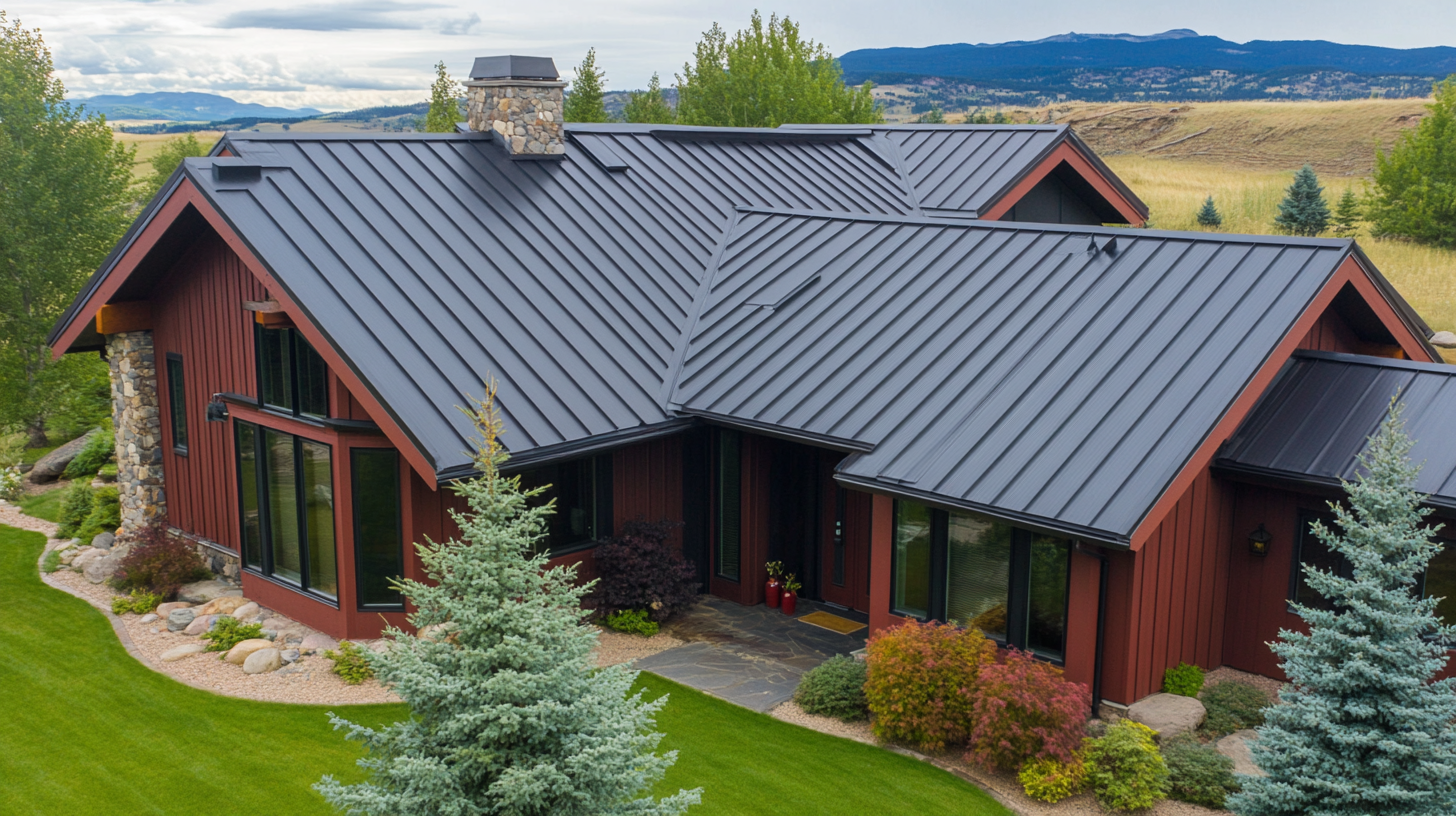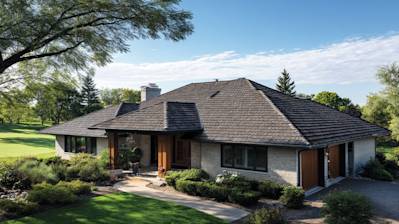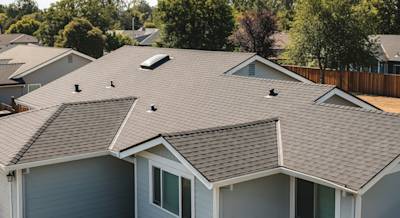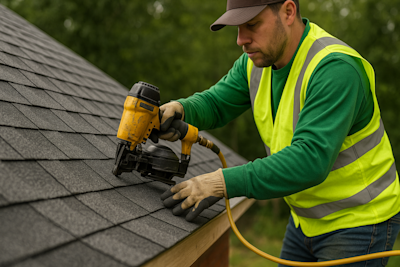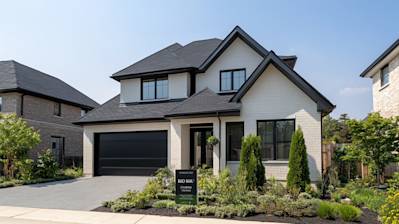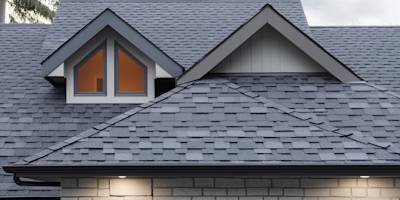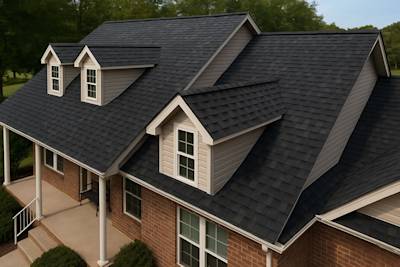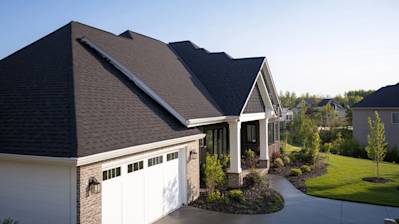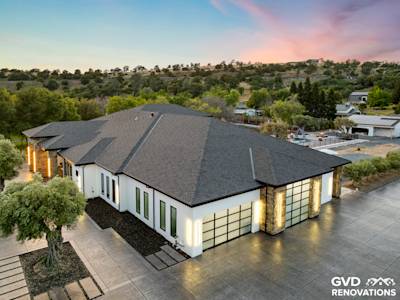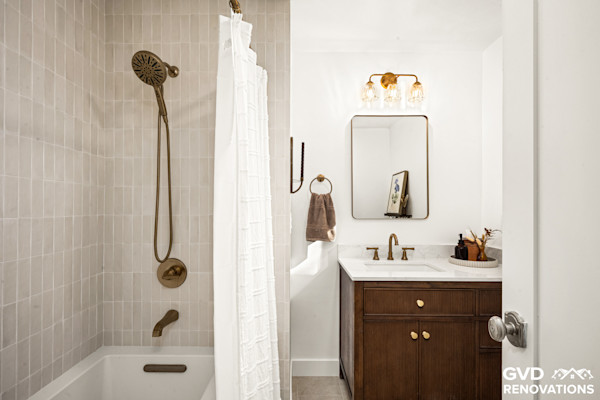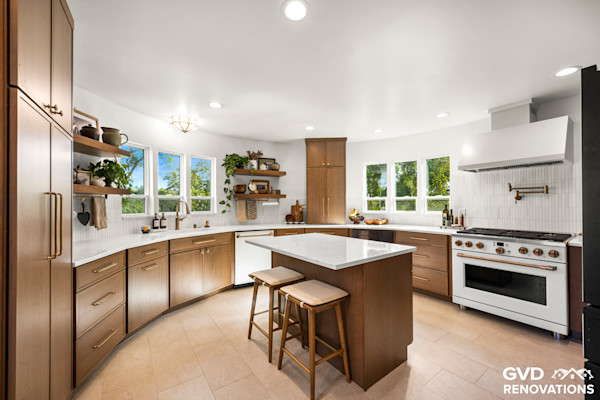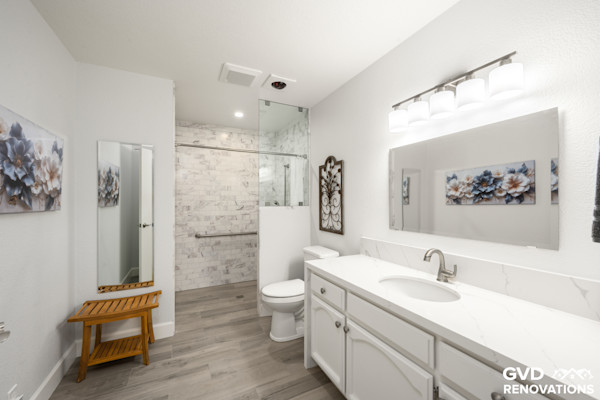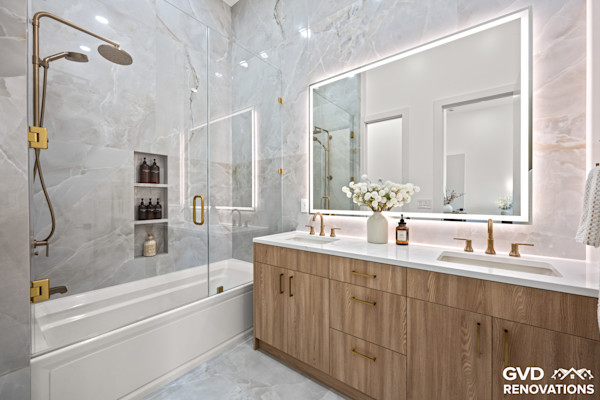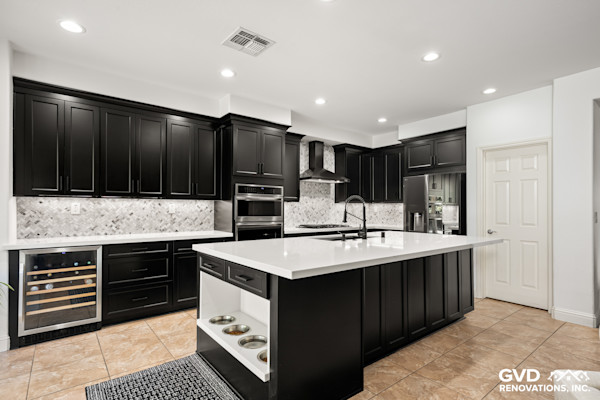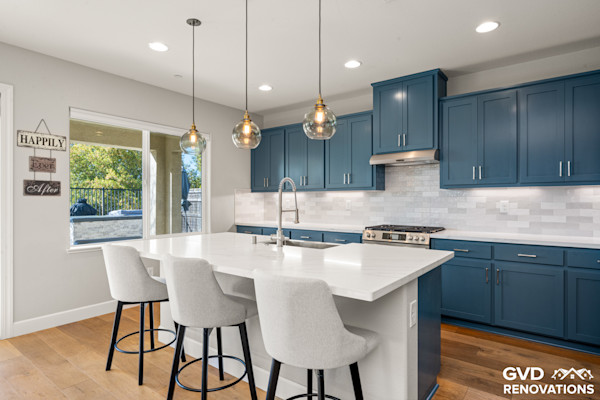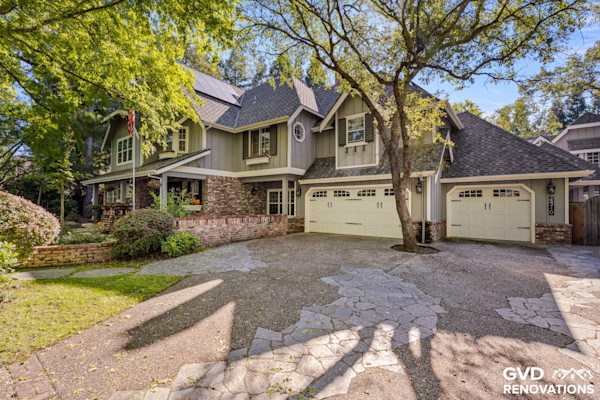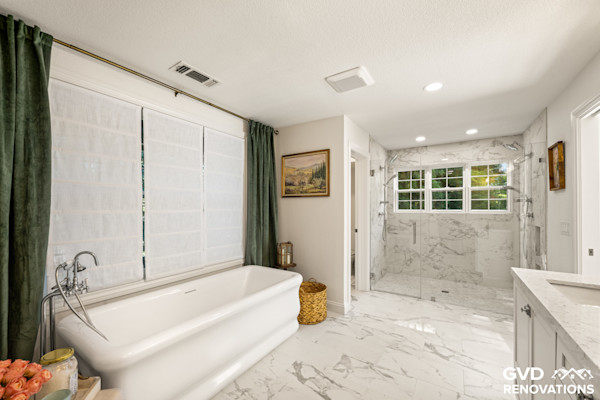Choosing the right roofing material seems like an easy enough task but can quickly become a momentous decision when you delve into the myriad of options available. One particularly popular choice among homeowners today is metal roofing. In this exhaustive guide, we'll delve into everything you need to know when it comes to installing a metal roof.
Why Metal Roofing?
Whether for its longevity, durability or lightness, the reasons for using metal for your roofing purposes are vast.
Longevity: Perhaps the top reason homeowners opt for metal roofing is for its durability. In fact, when installed correctly, a metal roof can last as long as the house itself.
Durability: Not only does a metal roof hold up well over the years, but it can also withstand harsh weather conditions that other roofing materials may not, such as heavy snow, high winds, and even lightning.
Lightweight: Compared to other materials like tile or concrete, metal is significantly lighter. This means less stress on the home's structure and foundation, especially over time.
With so many benefits, it's not surprising why many homeowners are choosing metal roofing system. However, the installation process is crucial for these advantages to be realized effectively.
Preparing for Metal Roofing Installation
So, how exactly do you install metal roofing? Before you begin the actual installation, there are a few crucial steps of preparation that you must undertake:
Observe Safety Measures: In every construction activity, user safety comes first. You will need gloves, safety goggles, and a sturdy ladder for the installation.
Measure Your Roof: It is essential to determine the size of your roof. This will help you estimate the quantity of metal roofing panels you will need.
Choose Your Material: While this guide focuses on metal roofing panels, it’s worth noting that there are several types of metal roofing available, including metal shingles, standing seam, and more.
Gather Your Tools: Typical tools necessary for the installation include a power metal shear, a staple gun, a drill and a full assortment of drill bits, metal roofing nails, a measuring tape, ladder and chalk line.
The Installation Process: Installing Metal Roofing Panels
With your preparations complete, you can now proceed towards the installation steps:
Remove the Old Roof: First, you need to remove any old shingles, patches of tar, and any other elements present on the roof.
Install Insulation: Make sure to install insulation before you install your metal roofing panels. Insulation will add to the energy efficiency of the house by preventing heat exchange.
Install the Edging: After this, use 1 ¼ inch nails to secure some pre-bent flashing to the perimeter of the roof. The flashing should match the color of the roofing panels.
Apply the Metal Panels: Start by applying the metal roofing panels at the lower left corner of the roof, and secure these panels on the roof using ¼ inch screws.
Seal the Roof: The joints where the sections meet need to be sealed with silicone as this will prevent water leakage.
Remember, metal roofing installation requires precision-tier attention to detail. If you're not confident in DIY, it's always best to hire a professional installer to ensure that the job is done correctly.
Routine Maintenance for Longevity
A significant advantage of metal roofing is the low maintenance requirements. However, like any other part of your home, your metal roof needs some TLC to maintain its durability and extend its lifespan. Here are some routine maintenance tips:
Inspect Regularly: Identify any loose screws, sealant failures, metal erosion, or corrosion during the inspection.
Clean Bi-Annually: A clean roof contributes to the health of your roofing material.
Touch-Up Paint: Whenever you notice chips and scratches, touch-up paint can keep your roof looking new while also protecting it from weather elements.
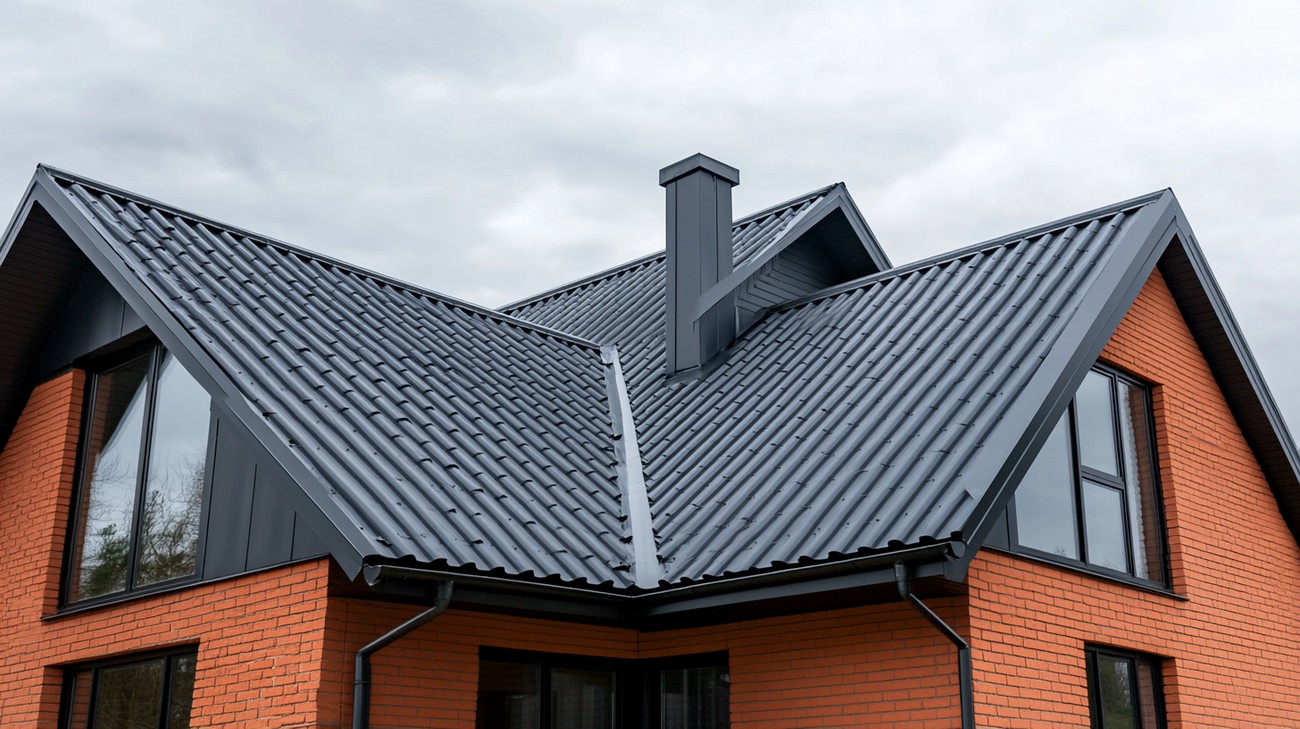
Frequently Asked Questions about Installing Metal Roofing
What materials are used in metal roofing?
Metal roofing is composed of various materials. The most commonly used metal types include steel, aluminum, copper, zinc, and tin. Steel and aluminum are the most popular because they are durable, lightweight, and can be shaped and colored to your specifications.
How long does it take to install a metal roof?
The installation time varies depending on the size of your home, weather conditions, and the specific installation process. However, on average, you can expect a metal roof to be installed within 2 to 3 days.
How much does it cost to install a metal roof?
The cost of installing a metal roof can vary widely depending on the size of your roof, the type of metal used, and the complexity of the installation. On average, you can expect to pay between $5.50 and $12.00 per square foot for materials and labor.
Can I install a metal roof myself?
With the right tools and information, you could install a metal roof yourself. However, it is a complex task that requires accurate measurements and specific skills. If improperly installed, your roof may not provide the protection and durability you expect. That's why it's often recommended to hire a professional to do the job.
Is a permit needed for installing metal roofing?
Typically, a building permit is required for any major home improvement project, including installing a new roof. The specifics may vary, however, depending on your city or county's regulations. We recommend checking with local authorities to understand what is needed for your project.
How do I prepare my roof for metal roofing installation?
Preparation will usually involve removing the existing roof material and checking the underlying roof deck for any damage. If damage is found, repairs may be necessary before proceeding with the metal roofing installation.
Are there different styles of metal roofing?
Yes, there are a range of styles in metal roofing. This includes standing seam systems, metal shingles, metal tiles, and corrugated metal roofing. Each offers a unique look and range of benefits.
Can I install metal roofing over old shingles?
In many cases, you can install metal roofing over one layer of old shingles. This practice can save you time and disposal costs. However, your roof deck must be in good shape, and not all municipalities allow this practice.
How long can I expect my metal roof to last?
With proper installation and maintenance, a metal roof can last for 40 to 70 years or more, significantly longer than traditional asphalt roofing. The exact lifespan will depend on the particular metal used and your climate.

Pros of Installing Metal Roofing
Long Lifespan
Durability
One of the most significant advantages of installing metal roofing is its long lifespan. Traditional asphalt shingle roofs may require replacement every 15-20 years. In contrast, a metal roof can last 40-70 years, depending on the material.
Resistance to Weather
Metal roofs have superior durability in adverse weather conditions and can withstand wind gusts up to 140 miles per hour. They are also highly resistant to rain, snow, and hail, thanks to their hard and slippery surfaces that allow precipitation to slide off quickly.
Safety
Fire Resistant
Metal roofs are noncombustible or have a Class A fire rating. This means that in the event of a lightning strike or wildfire, your roof will not catch fire.
Environmental Hazards
As metal roofs can easily shed snow and ice, they significantly reduce the risk of winter accidents, such as falling icicles or roof cave-ins due to heavy loads.
Eco-friendly
Recyclable
Metals roofs are 100% recyclable at the end of their life. This means less waste ends up in the landfill.
Energy Efficiency
Metal roofs reflect solar radiant heat and can reduce cooling costs by 10-25%. This makes them an energy-efficient option for hotter climates.
Aesthetic Appeal
Versatility
Metal roofs are available in a wide variety of colors and styles that can mimic traditional roofing materials like wood shakes, clay tiles, or even slate.
Long-Term Appearance
Unlike asphalt shingles, metal roofs do not fade, crack, or curl over time, ensuring your roof retains its aesthetic appeal for many years.
Cons of Installing Metal Roofing
Upfront Costs
Initial Investment
Installing a metal roof requires a substantial initial financial investment. On average, metal roofing prices are two to three times more than other roofing material options.
Professional Requirements
Due to its technical installation, metal roofing will most likely require a professional contractor, adding to the overall cost.
Noise
Rain and Hail
Metal roofs can be noisier than other types of roofs, particularly during a heavy rain or hailstorm.
Noise Mitigation Costs
Consider the additional cost of soundproofing underlayment materials that mitigate the noise if you live in an area with frequent heavy rain or hail.
Issues with Expansion and Contraction
Temperature Changes
Metal roofs can expand and contract with temperature changes. If not properly installed with fasteners that allow the metal to "breathe," the panels may loosen.
Lack of Insulation
Heat Retention
In colder climates, improper installation or insufficient insulation beneath a metal roof can result in poor heat retention within the home.
Possible Color Match Issues
Replacement Panels
Should a metal roof panel need replacing, it can be challenging to match the color of the new panel with the older, sun-faded ones. The difference may become visually apparent, especially on larger roofs.
Not Suitable for Flat Roofs
Limited to Steeper Pitches
Metal roofs are not typically recommended for roofs with a relatively flat or low pitch.
Difficulty in Repairs
Finding Damages
Sometimes, it's hard to locate the exact source of a leak on a metal roof. Therefore, repairs might take longer and potentially cost more.

Myths and Misconceptions About Installing Metal Roofing
The decision to install a metal roof on one's house can be influenced by several myths and misconceptions prevalent in society. Here are a few often mentioned misconceptions and the actual truths surrounding them.
Myth 1: Metal Roofs Are Noisy
The Misconception
Many people believe that metal roofs are considerably noisier when it rains compared to other roofing materials. This misconception can be traced back to the old corrugated tin roofs on barns that would make a distinct sound when it rained.
The Reality
Modern metal roofs are usually installed over a solid substrate, and often, there's attic space with insulation between the roof and the living space—meaning they can be just as quiet as, if not quieter than other roofing materials. The solid substrate prevents the vibration you would typically experience with other materials.
Myth 2: Metal Roofs Are Prone to Lightning Strikes
The Misconception
One common misconception about metal roofs is that because metal is a good conductor of electricity, a house with a metal roof is more likely to be hit by lightning.
The Reality
According to the Metal Construction Association, metal roofing doesn’t increase the risk of a lightning strike. Plus, if a metal roof were to be struck by lightning, the metal would disperse the energy safely throughout the structure. Provided your roof is not grounded, it's less susceptible to lightning than other types of materials.
Myth 3: Metal Roofs Are Susceptible to Rust
The Misconception
A prevalent misconception is that metal roofs rust easily, leading many people to shy away from this roofing solution. They imagine a rusted old barn roof when they think of a metal roof.
The Reality
Metal roofs today are built to last and are coated with a metallic coating to prevent rust. This coating usually consists of a combination of aluminum and zinc, which is then bonded to the steel. The painted surface provides further protection to ensure you have a rust-free roof for many years.
Myth 4: Metal Roofs Don’t Handle Hail Well
The Misconception
The misconception here is that a hailstorm can easily damage a metal roof, leaving it with unsightly dinges and dents, which could lead to leakage.
The Reality
Metal roofing is actually very resilient and can withstand inclement weather conditions, including hailstorms. Some insurance companies even provide discounts for houses with metal roofs due to their resistance to hail and wind damage. While a very severe hailstorm can dent a metal roof, it usually won't compromise the performance of the roof.
Myth 5: Metal Roofs Are Too Heavy
The Misconception
There is a common belief that metal roofs are too heavy, causing stress to the structural integrity of a home, which can lead to long-term damage.
The Reality
This couldn't be further from the truth. Metal roofs are incredibly lightweight; in fact, they are lighter than asphalt shingles or concrete tiles. The lightweight nature of metal roofing makes it a viable option for almost any structure without requiring extra support.
Myth 6: Metal Roofs Aren’t Attractive
The Misconception
Some people think of metal roofs as shiny, industrial-looking sheets that would make their home look like a warehouse.
The Reality
Today's metal roofs come in a variety of colors, styles, and finishes that can mimic the look of traditional shingles or tiles. They can complement any architectural style from a modern-home to a Victorian mansion.
When contemplating installing a metal roof, it is crucial to differentiate fact from fiction and make an informed decision. It is equally important to work with a reputable roofing company that can guide you through the process with expertise.
Summary
So, we've looked at all the aspects of installing metal roofing. The numerous benefits, ranging from its ability to withstand extreme weather conditions to its long lifespan, are really worth considering. Not to mention, its stylish and sleek look that could add more value to your home. However, keep in mind the complexity involved in its installation. It might seem daunting, but with the right professional help, it could be a breeze.
It's pretty clear that installing metal roofing can be a smart move for homeowners. Especially those looking for a long-term, cost-effective, and eco-friendly solution. You will not only save money on energy but also limit your carbon footprint. But it would be best to work with an expert, as this is not a typical DIY project. Without proper installation, you may not fully enjoy these benefits.
So, if you're considering installing metal roofing, make sure that you have weighed the pros and cons thoroughly. Each roofing material has its strengths and weaknesses. And while metal roofing offers numerous advantages, consider its initial higher cost and the noise it may generate during heavy rain. If these don't bother you, and you appreciate the energy efficiency, longevity, and easy maintenance, then metal roofing could be your best bet.
About GVD Renovations & Remodeling
GVD Renovations & Remodeling is a highly reputable company nestled in the heart of Roseville, CA, known for their unparalleled attention to detail and commitment to providing top-notch service. Specializing in home renovations and remodeling, we breathe new life into spaces, turning your house into the dream home you've always envisioned. Whether it's a kitchen remodel, bathroom upgrade, or a complete home renovation, our dedicated team of professionals is here to make your vision a reality. Here at GVD, we pride ourselves on delivering exceptional quality service whilst creating comfortable and stylish home environments that meet our clients' expectations.
This article is for general information only and not professional advice. Always consult a licensed contractor before making project decisions. Product details, specifications, or warranties may have changed since publication. Brand and product mentions reflect opinion, not endorsements or guarantees.
Tags: metal roofing, installation, roofing materials,
